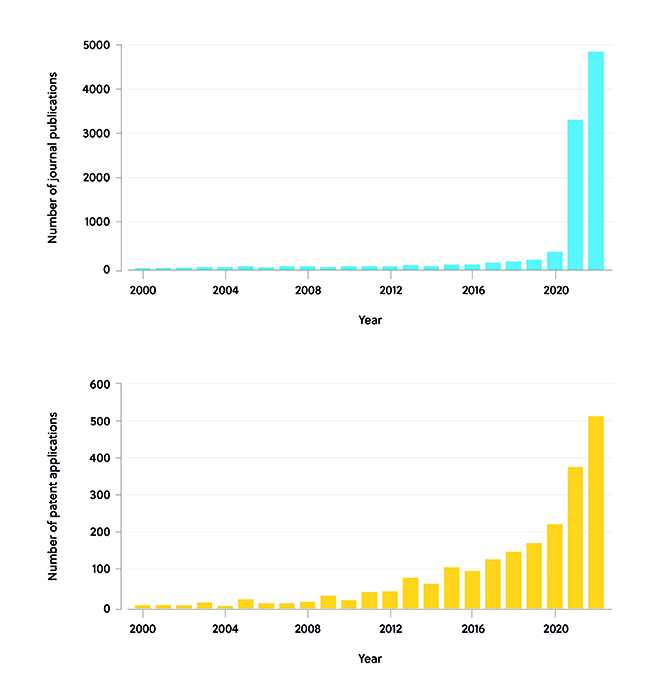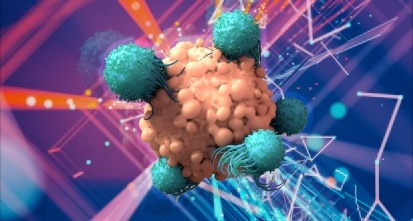How a Partnership Between Brazil Researchers and CAS Preserved Biodiversity Data
Download this CAS whitepaper and learn five often overlooked IP gaps that can hinder innovation strategy.
Health-tech unlocks hidden insights
CAS Helps a Large Health-Tech Organization Unlock the Potential of their Dark Data.
CAS Welcomes Early-Career Scientists for the 2023 Future Leaders Program
CAS welcomed 35 of the brightest early-career scientists from around the world to kick off the 2023 CAS Future Leaders program. The unique, week-long program will help participants develop a highly valuable set of skills: the ability to lead people, communicate effectively, and present research in an accessible and captivating manner.

From fighting viruses to tackling tumors: Harnessing mRNA vaccines to treat cancer










